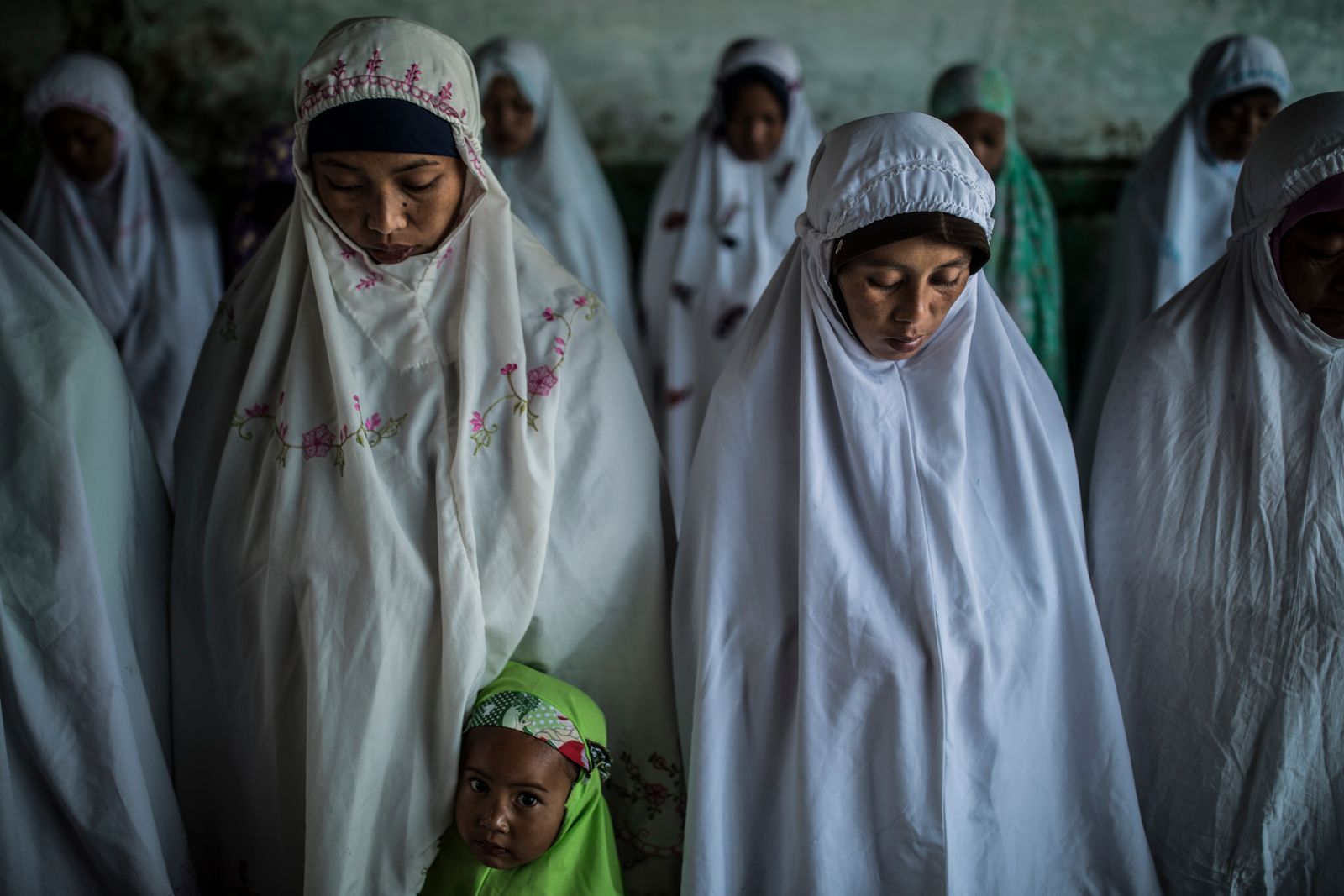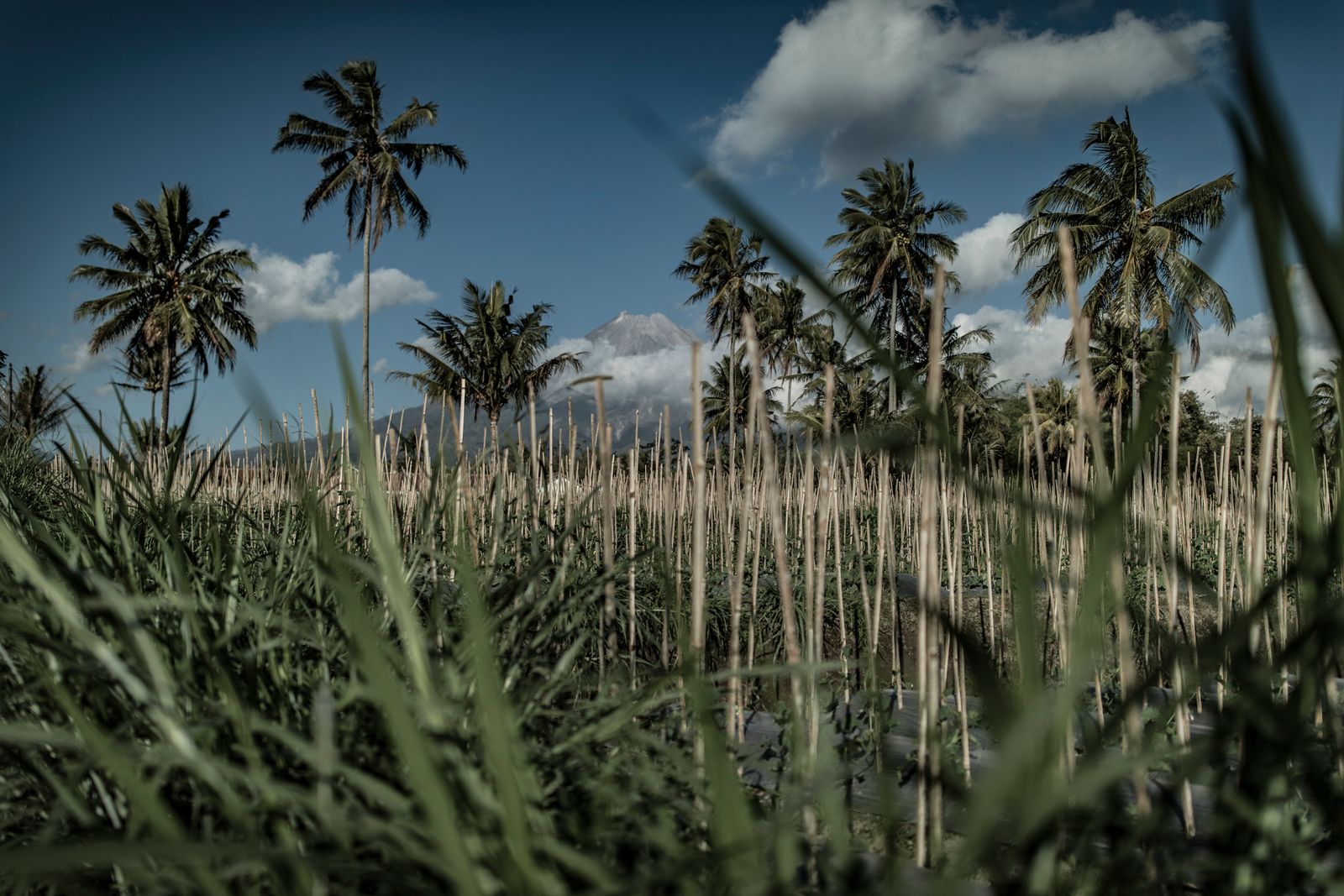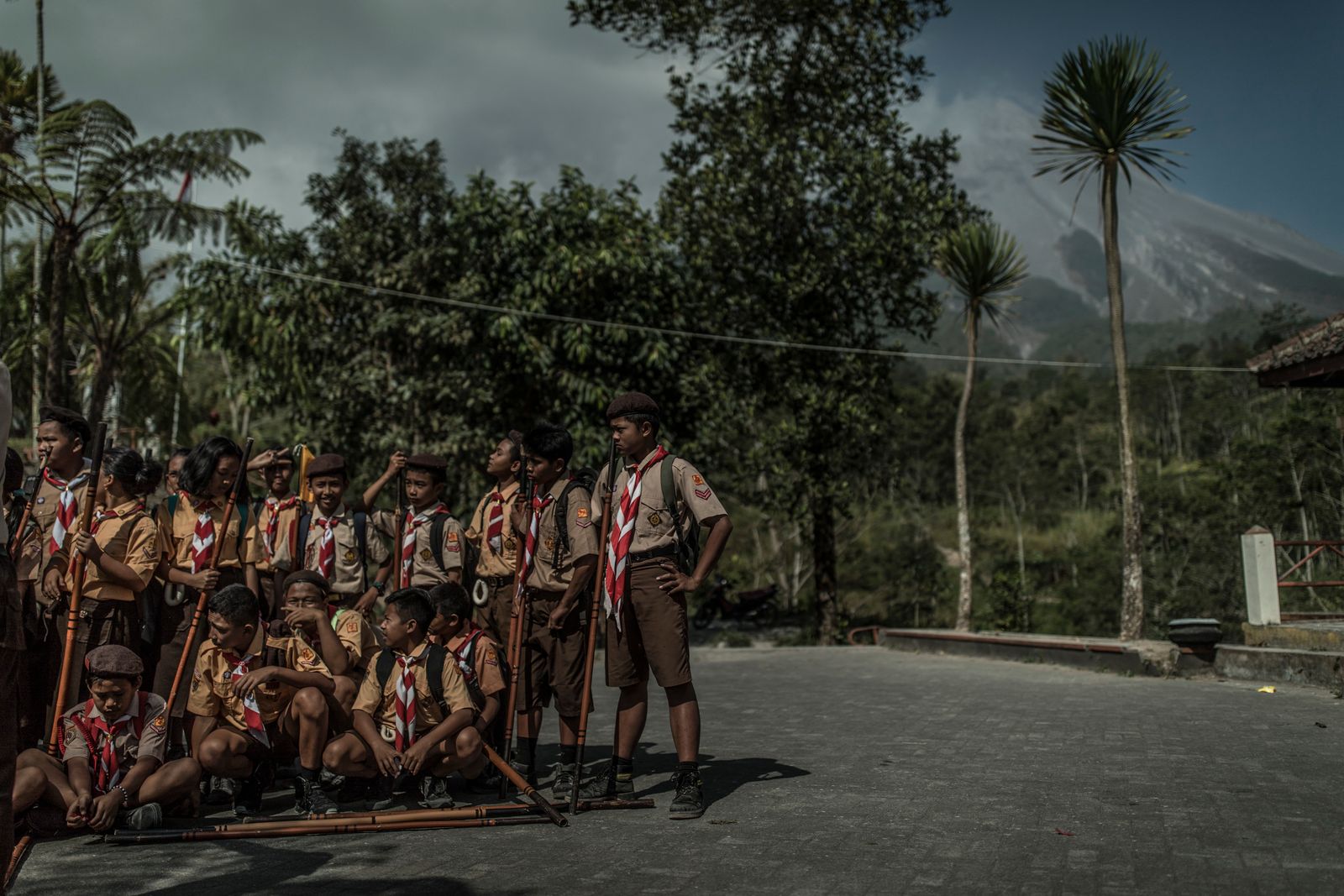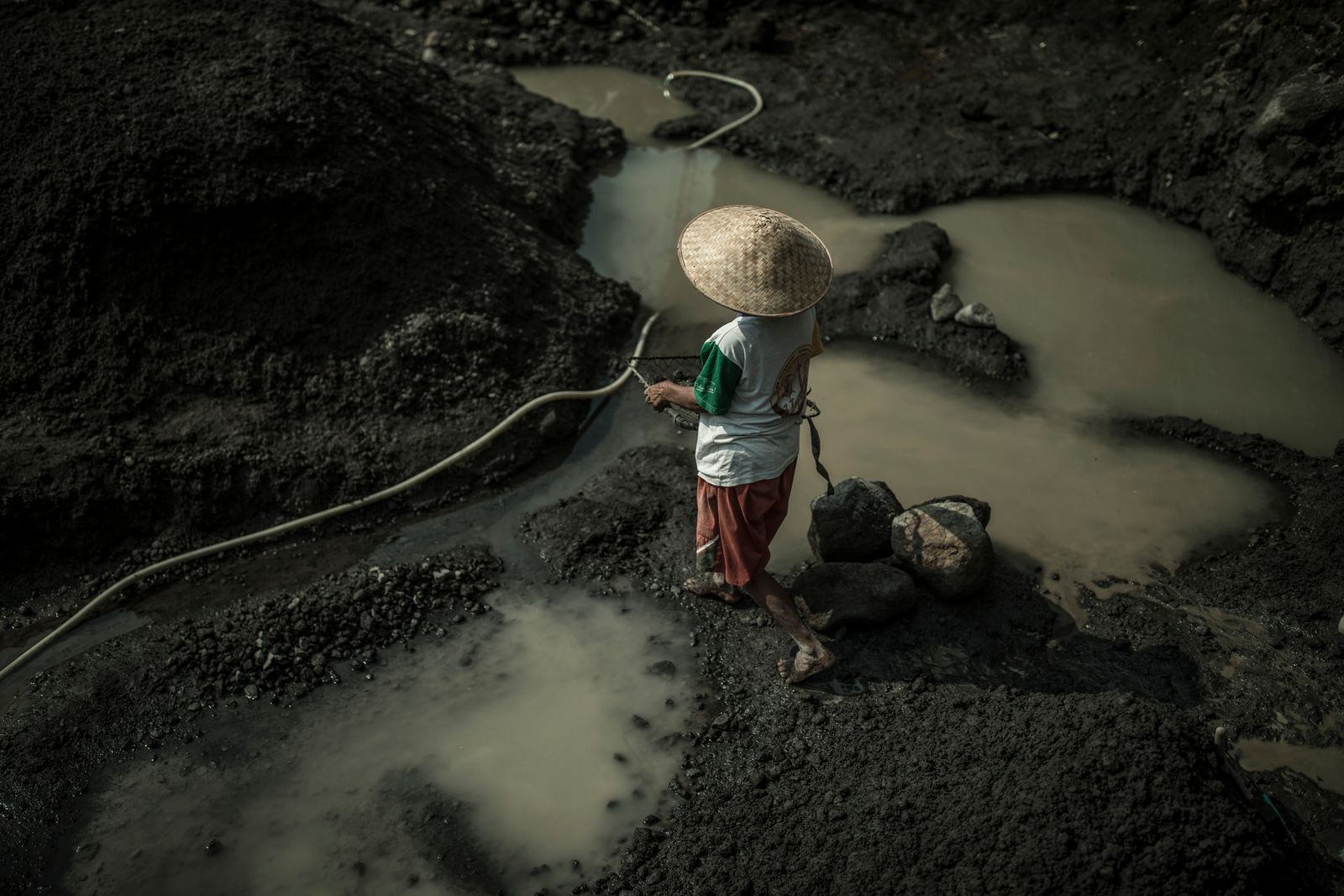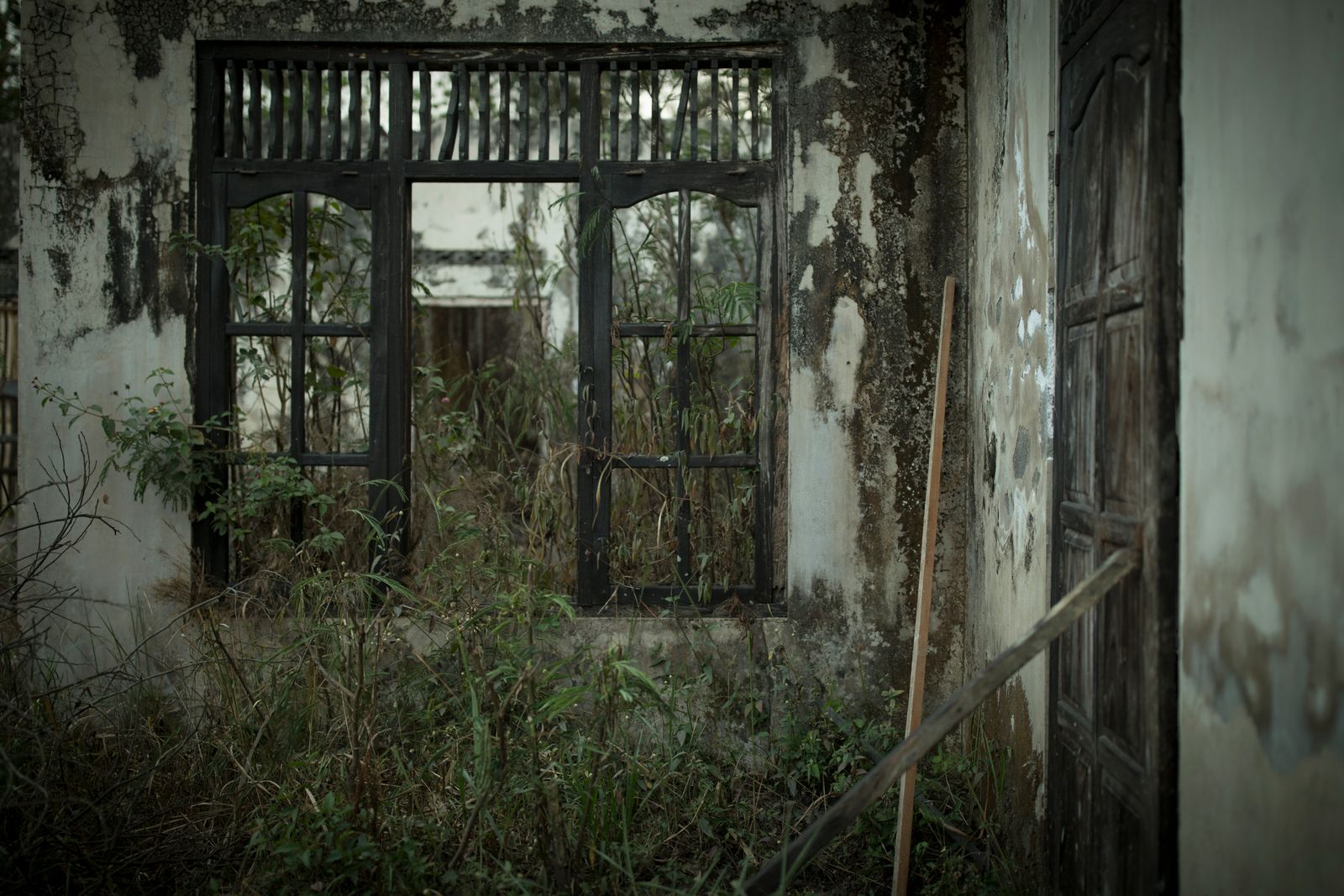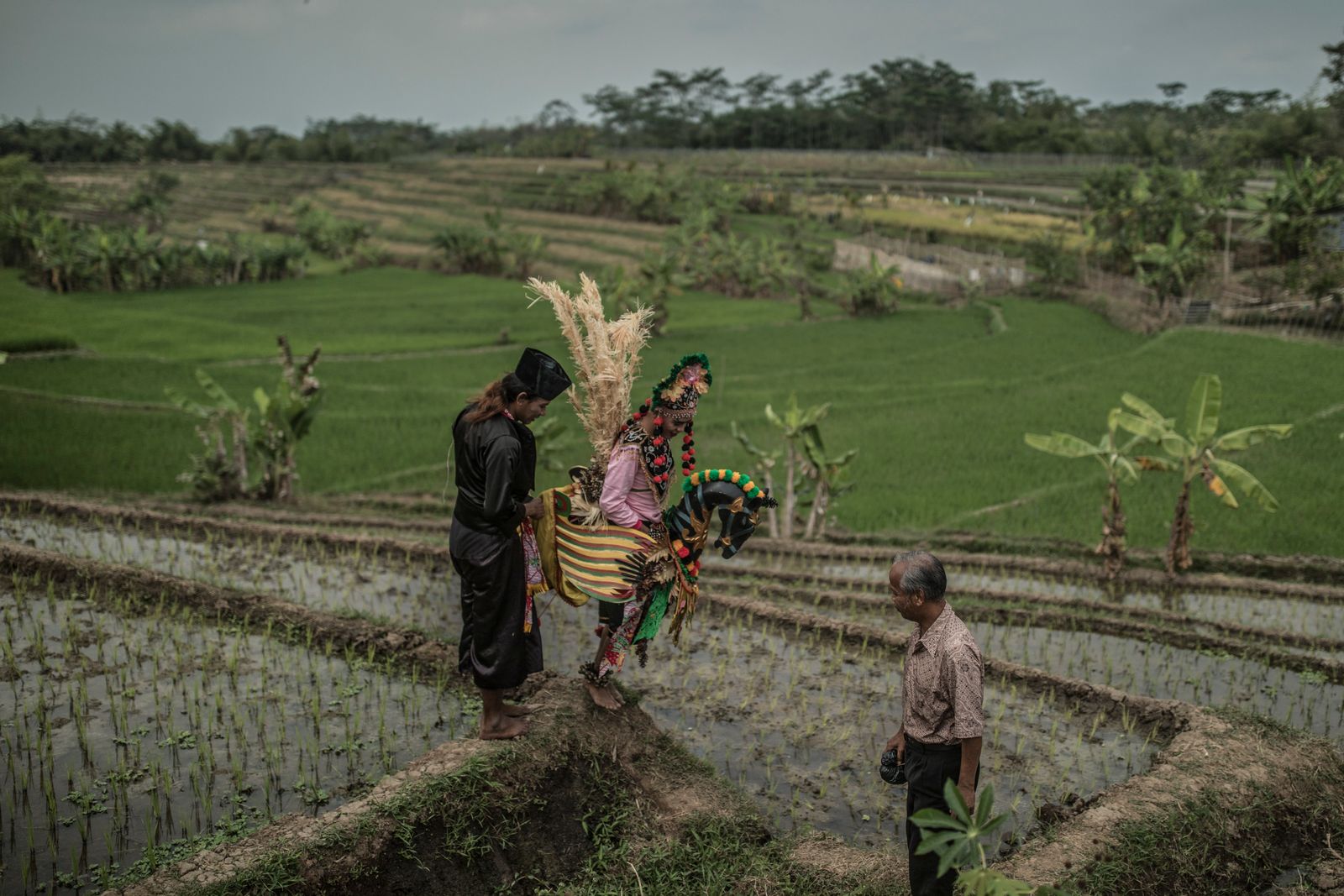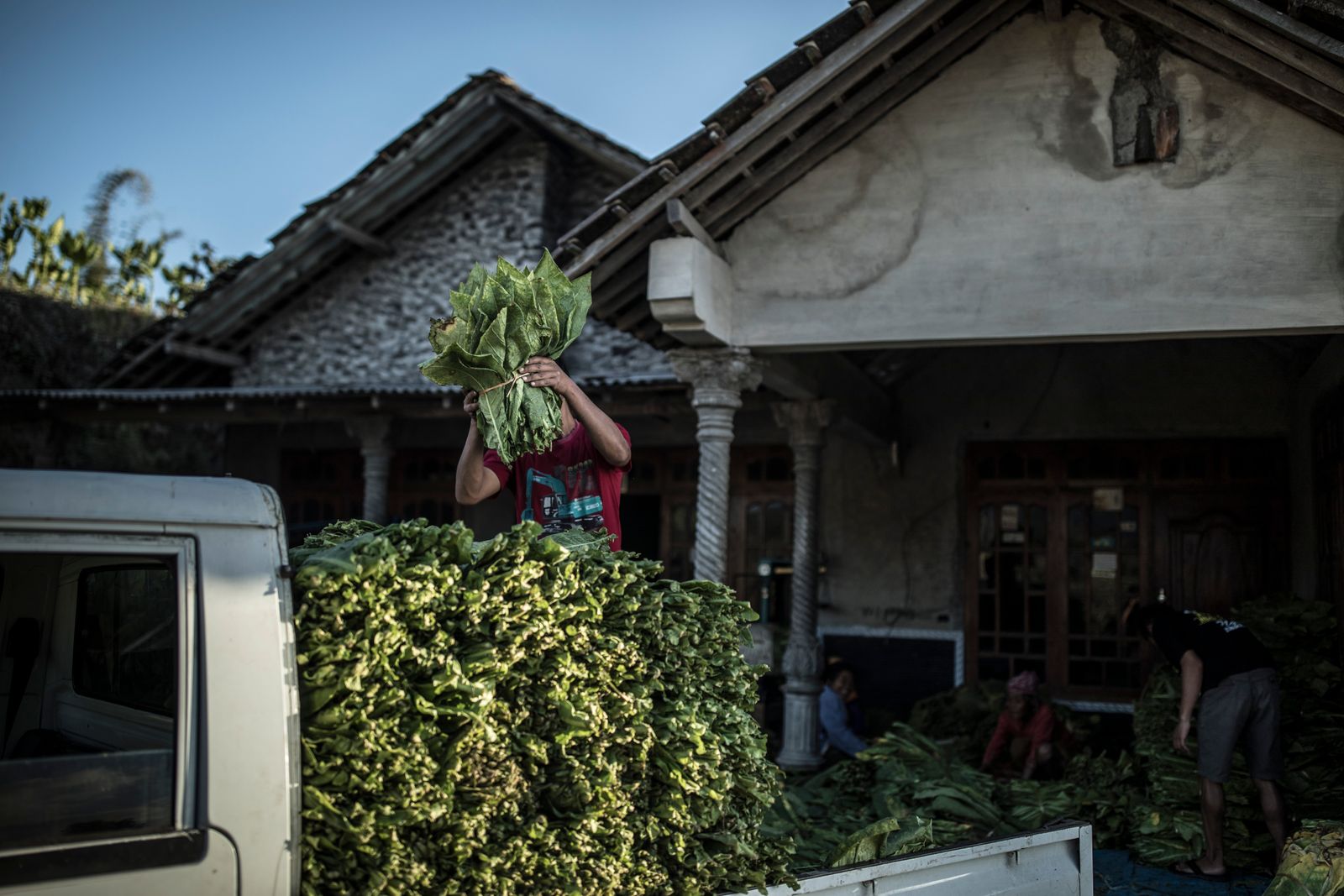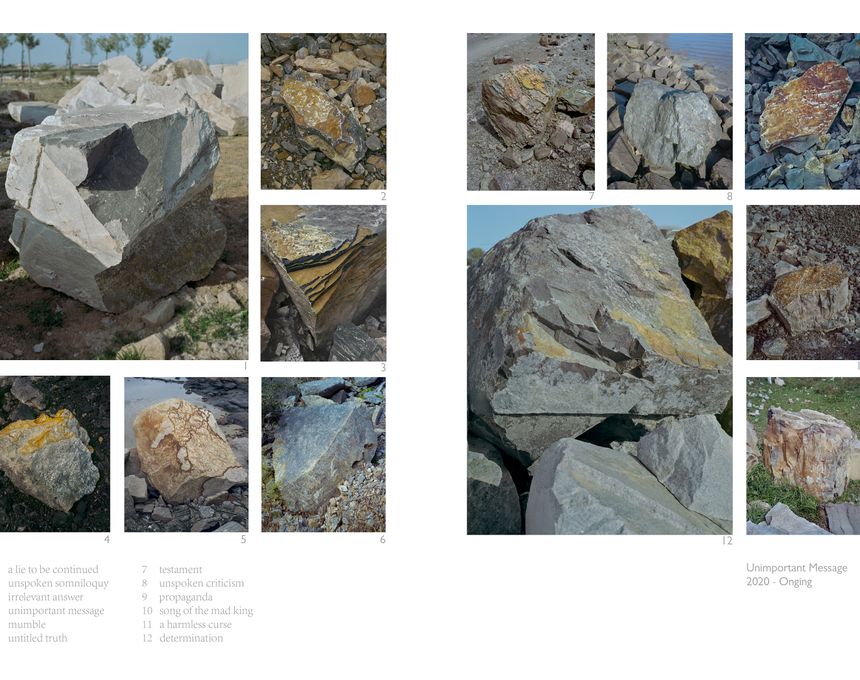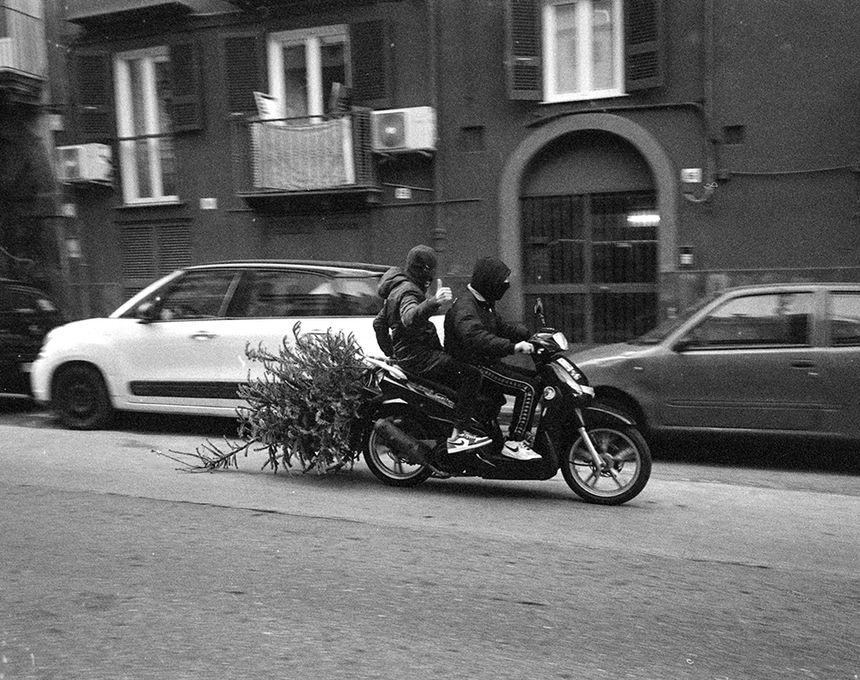Covered In Ash
-
Dates2018 - 2018
-
Author
- Locations Indonesia, Yogyakarta
Covered In Ash, a story about the people who live on the most active volcano in Indonesia, addresses the question, “why do you live here?” Home to thousands of people, Mt. Merapi erupts every two years or so, with large, deadly eruptions not uncommon. These eruptions typically destroy everything in the path of the hot volcanic ash emitted. Yet, people continue to live on this volatile belly button of earth.
Appearing often in ancient Indonesian myth, Merapi’s ash, over time, has covered all of the land on the mountain. This ash is a provider of nutrients, making the mountain’s slopes some of the most fertile land in the world. Sections of the land on the slopes have been passed down through families over hundreds of years, often being used for agriculture. Lush fields of tobacco, coffee, vegetables, and rice are seen all over the mountain. The people who work on and own these farms, content as they may be, lose all of their crop during an eruption. They always return, though, and continue to make the mountain home. Many of them have nowhere else to go, but the people who live here have a real connection to the land. As much as it seems to take, it gives even more.
This story offers a message of what it means to truly have a home, even in the constant threat of loss.
